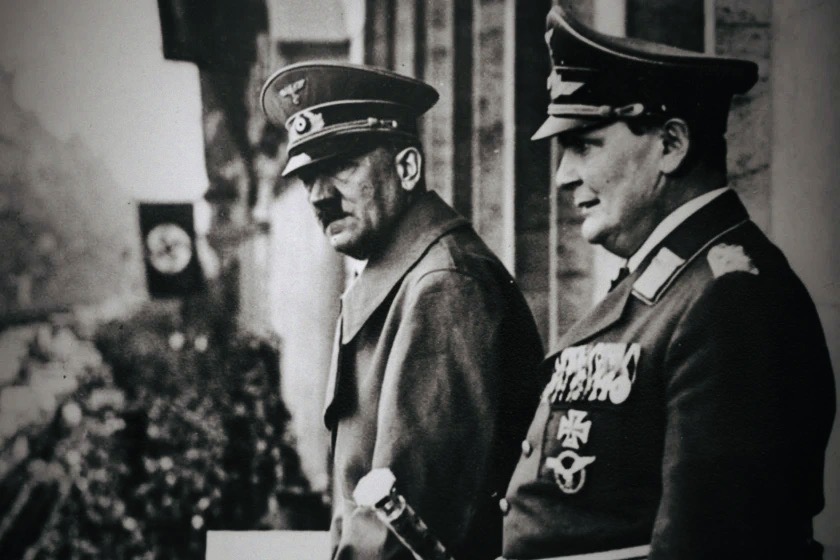A tsunami of newspaper and magazine articles, academic monographs, general interest books and dedicated documentary films have analyzed the rise and fall of Adolf Hitler and his Nazi regime. Yet there is still an insatiable appetite for more of the same. This unique 12-year interregnum in Germany’s history arouses immense curiosity that journalists, academics and filmmakers are only too pleased to satisfy.
Joe Berlinger’s six-part series on Netflix, Hitler and the Nazis: Evil on Trial, fills that gap admirably. Composed of file footage, vintage photographs, dramatizations and interviews with experts in the field, it revolves around the 1945-1946 Nuremberg war crimes tribunal in that German city.
Twenty two major Nazis ranging from Hermann Goring and Alfred Rosenberg to Julius Streicher and Rudolf Hess were placed on trial, and 19 were convicted. Of these, 12 were sentenced to death. Several of them committed suicide before their date with the hangman.
Hitler, cowering in his bunker as the Red Army converged on Berlin, blew his brains out on April 30, 1945, a day after he dictated his noxious final will and testament and married his mistress, Eva Braun.
News of Hitler’s death gratified William Shirer, the American foreign correspondent who had covered the Third Reich from its inception to its downfall. Shirer’s reedy voice, recreated by artificial intelligence, is heard from beginning to end.

This topnotch series unfolds in chronological order, from Hitler’s birth in Austria to his demise in the German capital as Soviet tanks rumbled toward his claustrophobic bunker.
The scion of a middle-class family, he dreamed of becoming a great artist, but his ambition was thwarted by a lack of talent. He endured a hand-to-mouth existence as a vagrant and luftmensch in Vienna, where he acquired his racial antisemitism.
World War I saved him from drudgery, giving him a purpose at last. He joined the German army and served as a courier. A German nationalist, he was outraged by the 1919 Treaty of Versailles, which stripped Germany of 13 percent of its territory and obliged it to pay hefty reparations to the Allies. As far as Hitler was concerned, Germany had been stabbed in the back by Jewish, communist and socialist traitors, a myth to which substantial numbers of Germans subscribed.
In his capacity as an army spy, Hitler attended a meeting of the newly-formed Germany Workers’ Party, which would become the National Socialist German Workers’ Party. One of its leaders, Anton Drexler, was impressed by Hitler and invited him to join. Hitler, proving to be an effective orator, railed against the Treaty of Versailles and Jews. He convinced the party to adopt the swastika, an ancient Hindu symbol, as its official emblem.
The failure of the 1923 Beer Hall putsch in Munich, the insurrection against the regional Bavarian government, convinced Hitler that his party could only attain power through the ballot box. His participation in the revolt earned him a five-year jail sentence, which was soon commuted. During his incarceration in Landsberg prison, he wrote Mein Kampf, which would sell 6.5 million copies by 1945.
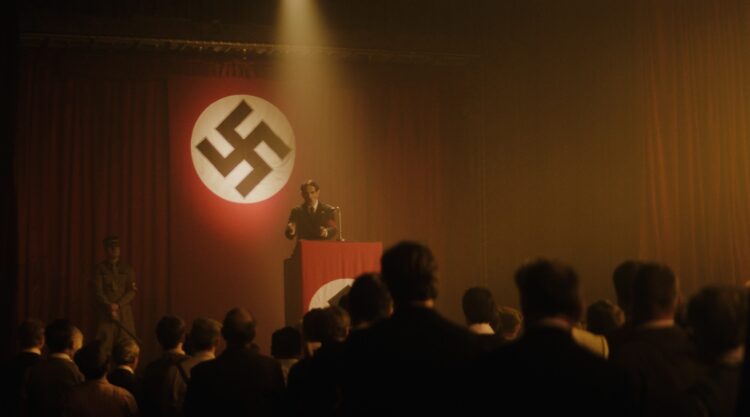
Hitler’s growing appeal was rooted, in part, in the dissatisfaction of rural Germans with the post-war liberal Weimar Republic, which they regarded as a foreign implant in the German body politic. Joseph Goebbels, who would be Nazi Germany’s first and only propaganda minister, presented Hitler as a messiah who would make Germany great again. Hitler’s image would later be refined by the filmmaker Leni Riefenstahl in Triumph of the Will, a brilliant documentary.
The Nazis gradually gained traction among the electorate, winning 3 percent, 18 percent and 37 percent respectively in the 1928, 1930 and 1932 elections. The Depression, which was more severe in Germany than in the United States, turned Germans against the established political order.
Hitler was appointed chancellor in 1933 by aging president Paul von Hindenburg. Franz von Papen, a conservative politician, convinced him that Hitler could be controlled and manipulated to do the bidding of traditional conservatives. This was a monumental miscalculation. Hitler proceeded to ban political parties and curtail civil liberties. The Nazi Party rally in Nuremberg in 1934 and Hindenburg’s death in the same year marked the completion of Hitler’s consolidation of power.
The Nazis opened the first concentration camp, Dachau, only two months after Hitler’s appointment as chancellor. The Nazi-inspired boycott of Jewish businesses in April, though short-lived, was the first of many antisemitic edicts that would drive most Jews out of Germany. Jews were shorn of their German citizenship in 1935 and excluded from the racially selective “people’s community.” In the warped imagination of Nazi loyalists, Jews were both sub-humans and super-humans.
The recurring enactments are effective in explaining Hitler’s beliefs and motives, but the actors who portray major Nazi figures are generally miscast in terms of appearance.
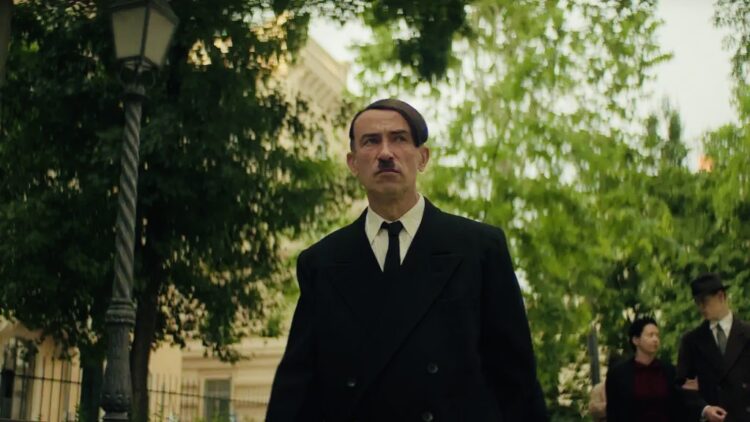
The third episode explores Hitler’s aggressive foreign policy. The German reoccupation of the Rhineland in 1936 was a flagrant breach of the Treaty of Versailles. And Germany’s annexation of the Sudetenland and its takeover of Czechoslovakia was a prelude to its invasion of Poland in 1939.
Before these events unfolded, the Nazi regime burnished its image at the summer Olympic Games in Berlin. Antisemitic posters and newspaper articles disappeared during this period. But in the autumn of 1938, German Jews were faced with Kristallnacht, the nation-wide pogrom that spelled finis to organized Jewish life in the country.
Shortly afterward, in a chilling and prescient speech in the Reichstag, Hitler threatened to annihilate the Jews of Europe in the event of a war.
In the next episode, the St. Louis incident is briefly mentioned, the Soviet-German non-aggression pact lands like a bombshell, World War II erupts, Germany invades France, Holland and Germany, the Nazis impose ghettoization on Poland’s Jews, and the Germans invade the Soviet Union in 1941 in what would be a ruthless ideological war of extermination. Joseph Stalin, the Soviet leader, had scoffed at intelligence reports of an imminent German invasion.
Two-thirds of German forces would be bogged down on the Russian front, where Jewish civilians were murdered en masse by mobile killing squads known as Einsatzgruppen.
Hitler’s decision to declare war on the United States after his ally, Japan, attacked Pearl Harbor would be one of his costliest mistakes.
A turning point in Hitler’s genocidal campaign against the Jewish population of Europe occurred in January 1942, when an SS commander, Reinhard Heydrich, convened a seminal meeting at Wannsee, a leafy suburb of Berlin, to discuss the fate of Jews in Europe. It was there that the Nazis decided to murder them on a systematic basis. In short order, they built six extermination camps in Poland to expedite this objective.
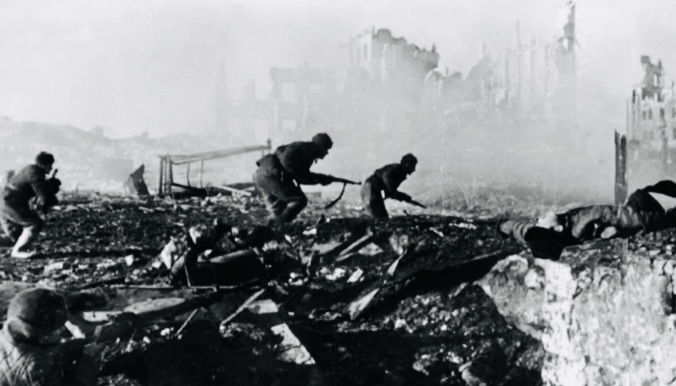
On the battlefield, the prospect of a German victory vanished following the surrender of 300,000 troops at the Battle of Stalingrad in 1943. It was the greatest defeat in German military history. It would be followed by the Allied landings at Normandy in 1944. As German armies fell back, Allied bombing raids of German cities, designed to crush morale, exacted a terrible toll on civilians. By one estimate, 500,000 Germans were killed in these indiscriminate attacks.
The 1943 Warsaw ghetto uprising, the most significant act of anti-Nazi resistance and heroism during the war, is given short shrift. Germany’s murder of more than 400,000 Hungarian Jews in 1944 receives the same cursory treatment.
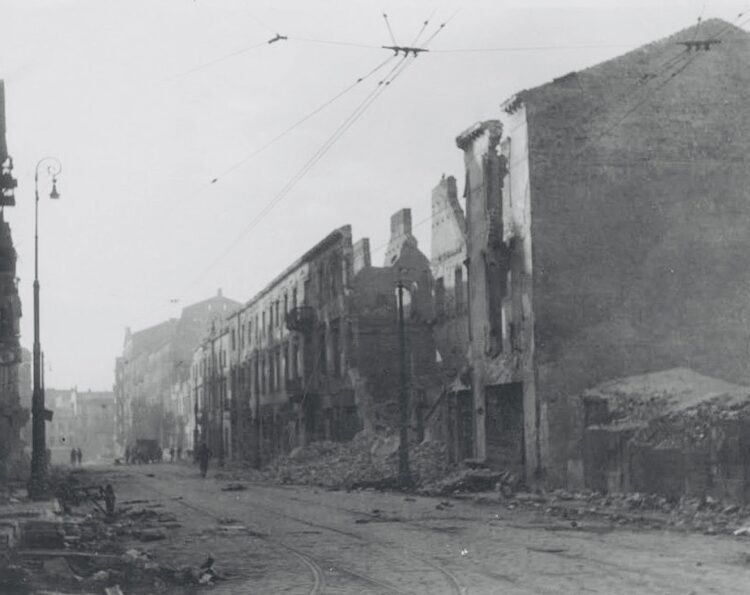
For all intents and purposes, Germany had lost the war by 1944. In a memorandum to Hitler, Albert Speer, the influential armaments minister, warned him that the Allies were on the road to victory. Yet Hitler was certain that Germany could win. By that point, five million German soldiers had lost their lives.
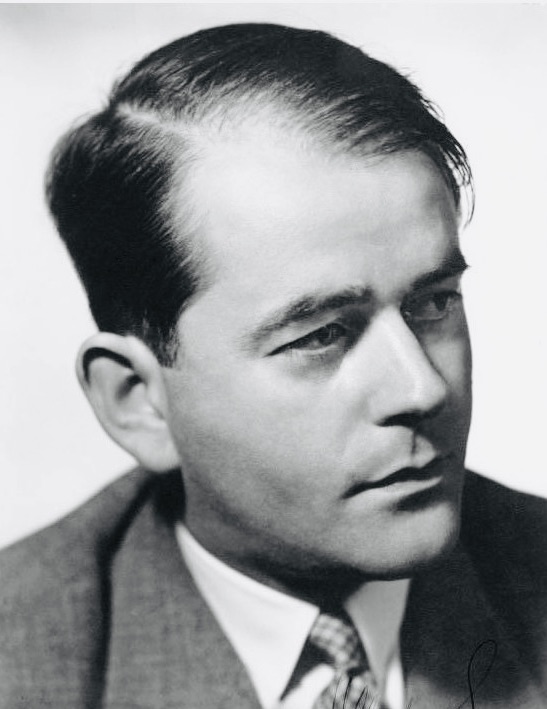
In a last-ditch attempt to unseat Hitler, a decorated German army officer, Claus von Stauffenberg, tried to assassinate him at his secluded retreat in eastern Poland in July 1944. The bomb that should have killed Hitler wounded him slightly. Stauffenberg and his associates were summarily executed.
Hitler lived for another eight months, causing untold misery to the European continent. Hitler’s aggression led to the most destructive war in history and the deaths of 60 million Europeans, most of whom were civilians.
That one man could be so instrumental in such an upheaval is both astonishing and depressing.
